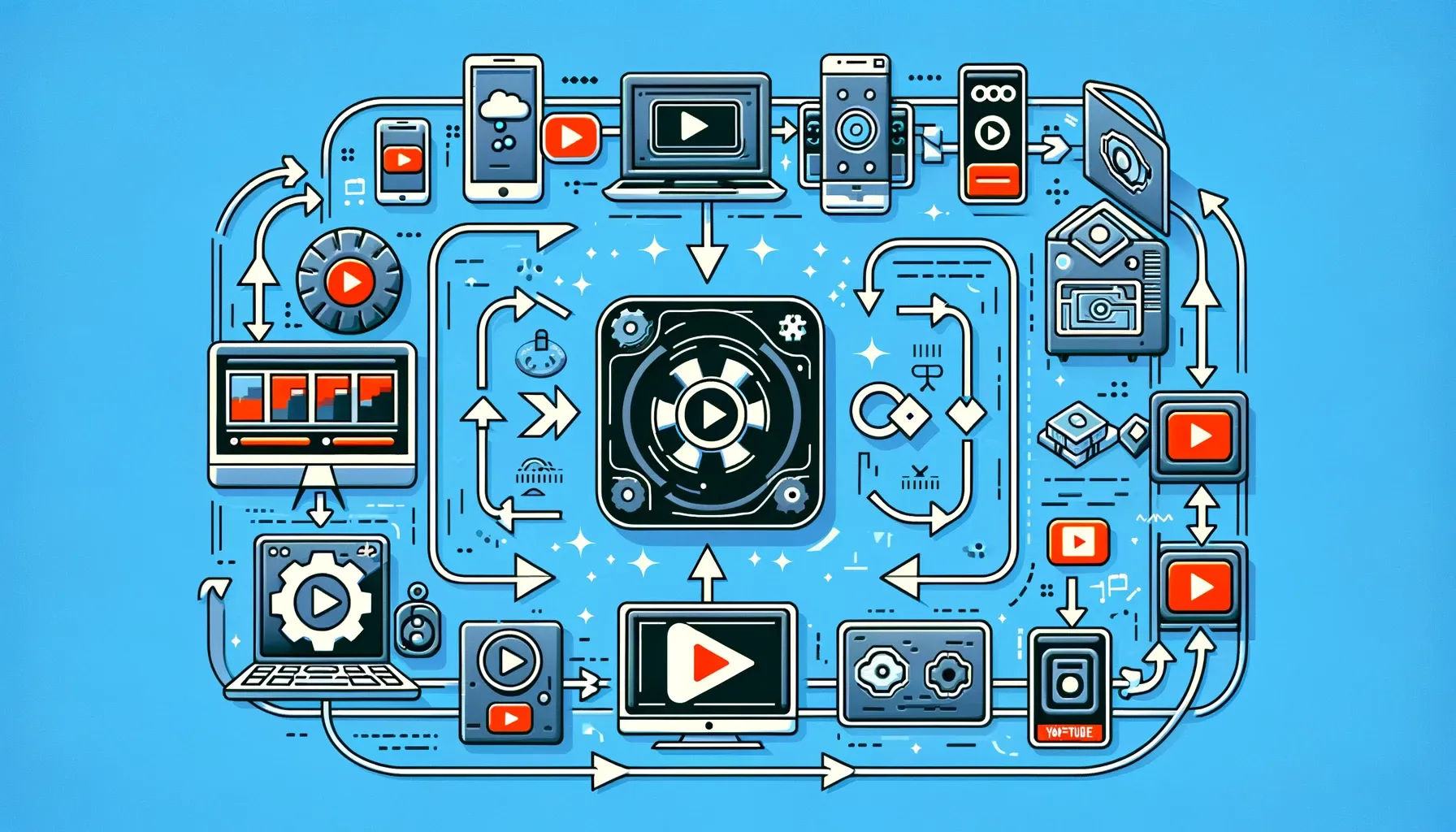Understanding Video Transcoding: A Simple Guide

Video transcoding might sound complicated, but it's actually just about changing a video file from one type to another. This helps make sure the video can play on different devices, looks good when streaming, and doesn't take up too much space. Let's break down what video transcoding is, why it's important, and how it works in simple terms.
What is Video Transcoding?
Think of video transcoding like translating a book into another language. The story stays the same, but now more people can read it. Video transcoding converts a video from one format to another so it can be watched on different devices or platforms.
Here are three main reasons we need video transcoding:
- Compatibility: Different devices (like phones, tablets, and TVs) support different video formats. Transcoding makes sure a video can play on any device.
- Streaming: Websites like YouTube or Netflix have specific requirements for videos. Transcoding helps meet these requirements so videos play smoothly.
- File Size: Large video files can be hard to store and send. Transcoding can reduce the file size, making it easier to handle.
How Does Video Transcoding Work?
The process of video transcoding involves three steps:
- Decoding: First, the original video is decoded, which means it's turned into a raw, uncompressed format. Imagine taking apart a puzzle so you can work with individual pieces.
- Processing: Next, you can make changes to the video, like resizing it or adding effects. This is like adjusting the puzzle pieces to fit better.
- Encoding: Finally, the video is re-encoded, or put back together in a new format. This new format is smaller and compatible with more devices.
Common Video Formats and Codecs
A video format is like the file type (such as .mp4 or .avi), and a codec is like the recipe for how the video is compressed and stored. Here are a few common ones:
- H.264: A popular format used by many streaming services because it provides good quality without large file sizes.
- H.265: An improved version of H.264 that offers even better compression.
- VP9: Used by YouTube for high-quality video streaming.
- AV1: A new format that provides excellent quality and compression, supported by major tech companies.
Tools and Software for Video Transcoding
There are many tools available to help with video transcoding. Some are simple, while others are more advanced. Here are a few examples:
- FFmpeg: A powerful tool that can handle almost any video format.
- HandBrake: A user-friendly tool that makes it easy to transcode videos with presets for different devices.
- Adobe Media Encoder: A professional tool for those who need advanced options and high-quality results.
Video transcoding might seem technical, but it's really about making sure videos can be played easily on different devices, look good when streamed, and are not too large to store or share. By understanding the basics and using the right tools, anyone can ensure their videos are ready for any platform or device, making it easier for everyone to enjoy them.
